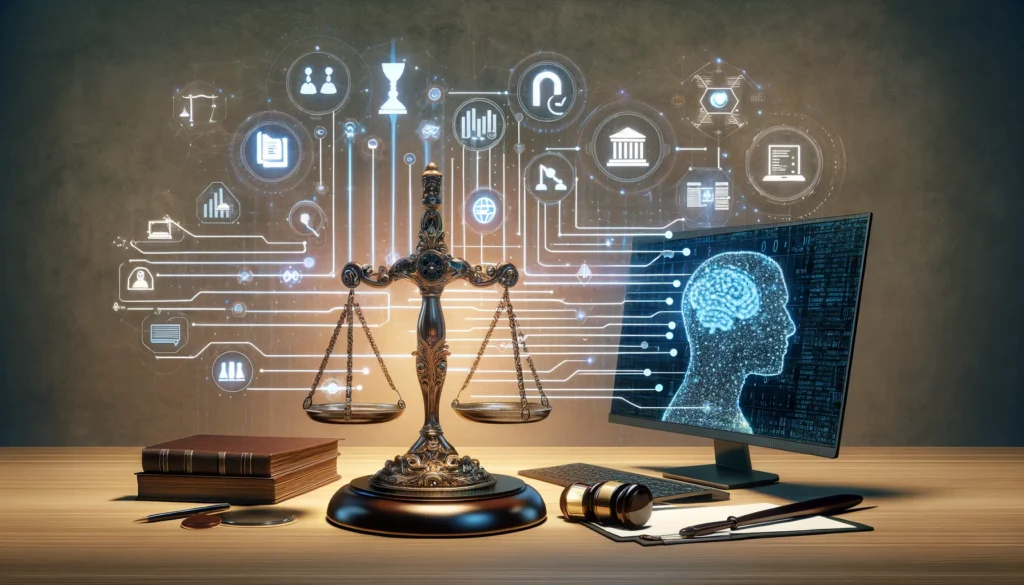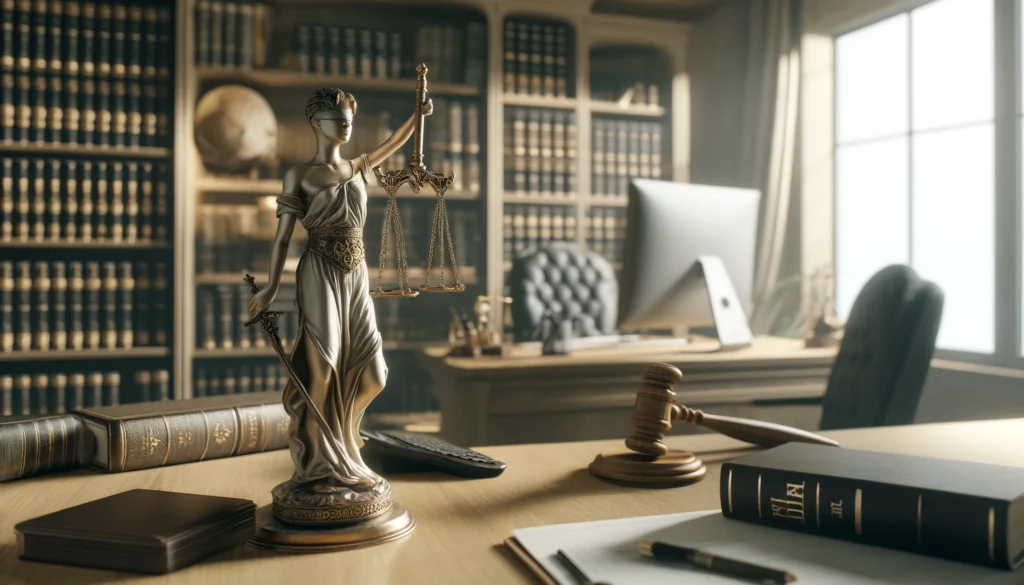
In the rapidly evolving legal landscape, paralegals are increasingly turning to advanced technologies to streamline their workflows and enhance the precision of their work. Among these technologies, Large Language Models (LLMs) like ChatGPT have emerged as powerful tools for simplifying complex legal tasks through strategic prompting techniques. This article delves into the use of templated prompts in drafting corporate bylaws, demonstrating how they can improve the efficiency and effectiveness of legal workflows for paralegals.
The Power of Templated Prompts
Templated prompts are pre-designed questions or commands that guide LLMs to generate specific, relevant outputs. These prompts are crafted with the dual goals of simplifying the task at hand and ensuring the precision of the information extracted. In the context of drafting corporate bylaws, templated prompts can significantly reduce the time and effort required to produce high-quality documents.The versatility of templated prompts lies in their adaptability to various legal tasks. For instance, they can be customized to analyze and summarize complex legal documents, extract pertinent information, and even generate initial drafts of legal texts. This adaptability makes templated prompts invaluable tools for paralegals, who often handle a wide range of legal tasks.
Crafting Effective Prompts
The effectiveness of a templated prompt hinges on its clarity and specificity. Vague prompts can lead to generic and often inaccurate outputs, while well-crafted prompts can elicit detailed and relevant responses1. To draft effective corporate bylaws, paralegals must develop prompts that clearly articulate the task at hand and provide sufficient context for the LLM to generate accurate outputs.For example, a prompt designed to extract information about the voting rights of shareholders might be phrased as follows: “Summarize the sections of this corporate charter that detail the voting rights and procedures for shareholders.” This prompt is specific enough to guide the LLM towards the relevant sections of the document and elicit a concise summary.
Examples of Templated Prompts for Corporate Bylaws
To illustrate the versatility of templated prompts, consider the following examples, each designed for a specific aspect of drafting corporate bylaws:
- Document Analysis: “Identify and list the key obligations of the corporation as outlined in these bylaws.”
- Summarization: “Provide a summary of the dispute resolution mechanisms mentioned in this document.”
- Clause Extraction: “Extract all clauses related to the appointment and removal of board members from these bylaws.”
- Legal Queries: “Does this section of the bylaws comply with state corporate governance laws? Provide a detailed analysis.”
These examples demonstrate how templated prompts can be tailored to address various aspects of drafting corporate bylaws. By leveraging these prompts, paralegals can efficiently navigate through the complexities of legal documents and extract the information needed to draft accurate and compliant bylaws.
Enhancing Legal Workflows
The strategic use of templated prompts not only simplifies the task of drafting corporate bylaws but also enhances the overall efficiency and effectiveness of legal workflows. By automating the initial stages of document analysis and summarization, paralegals can focus their efforts on more nuanced aspects of legal drafting and ensure that the final documents are of the highest quality.Moreover, the use of LLMs in legal workflows represents a significant step forward in the integration of AI technologies into the legal field. As paralegals become more adept at crafting and utilizing templated prompts, they will unlock new possibilities for improving the delivery of legal services.
How can paralegals customize prompt templates for different legal cases
Paralegals can customize prompt templates for different legal cases by following these steps:
- Understand the Legal Context: Familiarize yourself with the specific legal case and the relevant laws and regulations. This understanding will help you craft prompts that are tailored to the case at hand.
- Identify Key Tasks: Determine the main tasks you need to accomplish for the legal case. For example, you might need to analyze legal documents, summarize case law, or draft legal correspondence.
- Choose Appropriate Prompt Templates: Select prompt templates that are suitable for the tasks you need to accomplish. Many legal AI tools, such as ChatGPT, offer a range of templates that can be customized to meet specific legal needs.
- Edit and Customize Prompts: Modify the templates to fit the specific legal case. This may involve adding or removing details, specifying legal terms, or adjusting the tone of the prompts.
- Review and Refine Prompts: Test the prompts with the AI tool to ensure they are generating accurate and relevant responses. If necessary, refine the prompts to improve their precision and effectiveness.
- Iterate and Improve: As you work on more legal cases, you will gain experience in crafting effective prompts. Use this experience to continually refine your prompt templates and improve their accuracy and efficiency.
Conclusion
The strategic use of templated prompts in drafting corporate bylaws with ChatGPT represents a significant advancement in legal technology. By simplifying complex legal tasks and improving the precision of information extraction, these prompts empower paralegals to enhance their efficiency and effectiveness in supporting legal processes. As the legal industry continues to embrace AI technologies, the role of templated prompts in legal workflows is set to expand, offering paralegals an ever-growing toolkit of strategies to elevate their practice.


